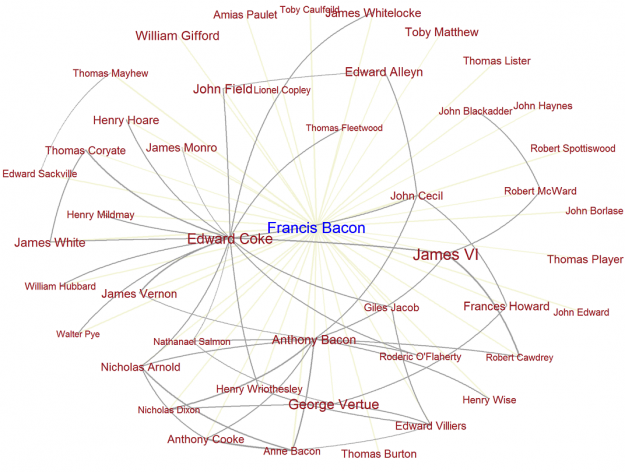Interest groups and the making of legislation
From the post:
How are the activities of interest groups related to the making of legislation? Does mobilization of interest groups lead to more legislation in the future? Alternatively, does the adoption of new policies motivate interest groups to get active? Together with Dave Lowery, Brendan Carroll and Joost Berkhout, we tackle these questions in the case of the European Union. What we find is that there is no discernible signal in the data indicating that the mobilization of interest groups and the volume of legislative production over time are significantly related. Of course, absence of evidence is the same as the evidence of absence, so a link might still exist, as suggested by theory, common wisdom and existing studies of the US (e.g. here). But using quite a comprehensive set of model specifications we can’t find any link in our time-series sample. The abstract of the paper is below and as always you can find at my website the data, the analysis scripts, and the pre-print full text. One a side-note – I am very pleased that we managed to publish what is essentially a negative finding. As everyone seems to agree, discovering which phenomena are not related might be as important as discovering which phenomena are. Still, there are few journals that would apply this principle in their editorial policy. So cudos for the journal of Interest Groups and Advocacy.
Abstract
Different perspectives on the role of organized interests in democratic politics imply different temporal sequences in the relationship between legislative activity and the influence activities of organized interests. Unfortunately, lack of data has greatly limited any kind of detailed examination of this temporal relationship. We address this problem by taking advantage of the chronologically very precise data on lobbying activity provided by the door pass system of the European Parliament and data on EU legislative activity collected from EURLEX. After reviewing the several different theoretical perspectives on the timing of lobbying and legislative activity, we present a time-series analysis of the co-evolution of legislative output and interest groups for the period 2005-2011. Our findings show that, contrary to what pluralist and neo-corporatist theories propose, interest groups neither lead nor lag bursts in legislative activity in the EU.
You can read an earlier version of the paper at: Timing is Everything? Organized Interests and the Timing of Legislative Activity. (I say earlier version because the title is the same but the abstract is slightly different.)
Just a post or so ago, Untangling algorithmic illusions from reality in big data, the point was made that biases in data collection can make a significant difference in results.
The “negative” finding in this paper is an example of that hazard.
From the paper:
The European Parliament maintains a door pass system for lobbyists. Everyone entering the Parliament’s premises as a lobbyist is expected to register on this list ….
Now there’s a serious barrier to any special interest group that wants to influence the EU Parliament!
Certainly no special interest group would be so devious and under-handed as to meet with members of the EU Parliament away from the Parliament’s premises.
Say, in exotic vacation spots/spas? Or at meetings of financial institutions? Or just in the normal course of their day to day affairs?
The U.S. registers lobbyists, but like the EU “hall pass” system, it is the public side of influence.
People with actual influence don’t have to rely on anything as crude as lobbyists to insure their goals are met.
The data you collect may exclude the most important data.
Unless it is your goal for it to be excluded, then carry on.

